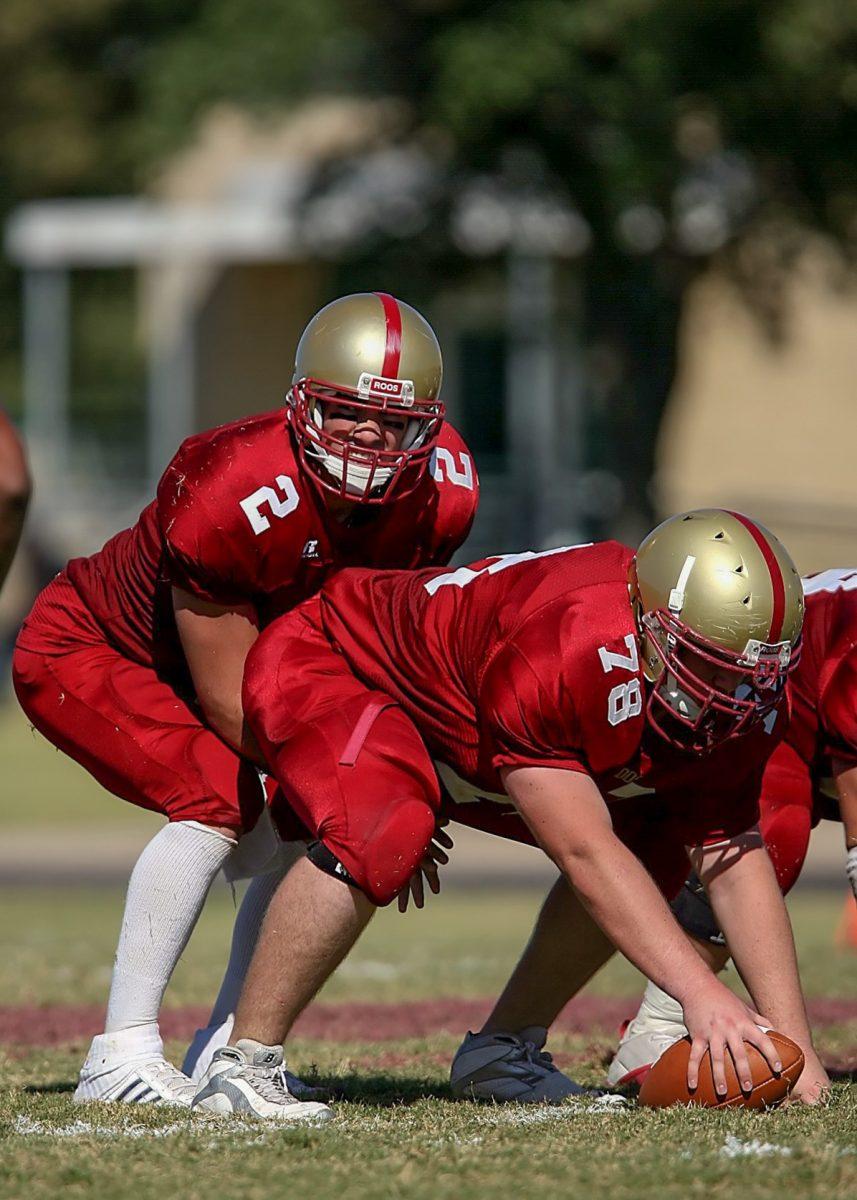The 2020 college football season (or experiment) ended about two weeks ago with Alabama coming out as victors in a season with more twists than a soap opera. The one thing I anticipate at the end of the season is that some of these competitors can finally get rid of their student-athlete titles and turn pro. I have always seen the NCAA as a greedy institution, and I can get behind anything that allows these players to make money off their own talents. That’s why I wanted to know where the term student-athlete came from, and I found a history of tragedy, hypocrisy and exploitation.
On Sept. 24, 1955, Ray Dennison, the right guard for the Fort Lewis A&M Aggies, played against Trinidad Junior College. Dennison, an Army veteran, attended Fort Lewis in Durango on the GI Bill and was defending the opening kickoff return. Tragically, as he went in for the tackle, his helmet slammed into the ball carrier’s knee. He slipped into a coma, and 30 hours later, Dennison was pronounced dead.
His widow, Billie, sued the university for workers’ compensation benefits on her husband’s behalf. After all, her husband was a scholarship athlete who died while doing work for the university. This lawsuit set the definition of the NCAA’s relationship with its athletes.
The NCAA executive director at the time, Walter Byers, saw an irreversible precedent emerging if college athletes were entitled to employee benefits. Byers believed the entire system would collapse if schools were forced to pay workers’ comp, so he devised a plan to mark a clear distinction between college athletes and employees. This is where the term “student-athlete” comes into play.
What exactly does the term student-athlete mean? No one is exactly quite sure, and that is the entire point. It is a term so ambiguous and ever-changing that the NCAA can set whatever definition it chooses. As Pulitzer Prize-winning author Taylor Branch wrote, “College players were not students at play (which might understate their athletic obligations), nor were they just athletes in college (which might imply they were professionals).” The creation of the “student-athlete” gives more leeway when reviewing academic performance. More importantly to the NCAA, the individuals never have to get paid for anything more than the scholarships the school grants them.
Billie Dennison’s lawsuit would go all the way to the Colorado Supreme Court but eventually lost. The court ruled she was not entitled to benefits because “student-athletes” are not college employees. Byers’ plan worked, and the term has stuck ever since.
The NCAA has used this defense in court cases such as O’Bannon v. NCAA, Jenkins v. NCAA and most recently Alston v. NCAA. Of course, universities also fall in line because no school wants to be on the NCAA’s wrong side. There have been a number of ridiculous punishments issued in the past for students who accepted any sort of compensation for their talents from a coach paying for meals for his students after practice to students eating too much pasta. It’s one thing to not pay athletes for the revenue they generate, but to completely prevent them from earning through other channels is just ridiculous. If they are students first and athletes second, why can’t they be free to act the same way other students can? A music scholarship student can use their talent to give lessons or play in a band. Engineers are allowed to create devices to sell for profit. They are all students of the university, but why are the athletes so restricted in the way they can operate?
Byers and a long line of his advocates have repeatedly argued that athletes’ compensation takes away from the game’s amateurism. Clemson head coach Dabo Swinney is on record saying, “As far as paying players, professionalizing college athletics, that’s where you lose me. I’ll go do something else because there’s enough entitlement in this world as it is.” The view from Swinney’s high horse must be beautiful, considering he’s getting paid at least $8.3 million per year to coach the same students who he doesn’t want to get paid. I can’t think of any other amateur competitions where billions of dollars flow through each year, and everyone else makes money except for the people doing the labor.
We just had a fall sports season played during a pandemic, and the upcoming spring season will likely be conducted in the same conditions. The need for players to get paid for their contributions has never been more evident. These players are putting their health on the line every day amid a pandemic, and there’s the argument that these players recover faster due to being in their prime athletically. However, they are still not invincible from the virus, and we don’t know the long term effects that may occur. The fact that at the end of it all, these athletes come away with nothing financially is simply exploitative.
It’s quite fascinating how Byers’ legacy from the 1950s continues to this day. On the bright side, calls for reforms finally seem to be on the up end. Just last year, for example, the NCAA moved closer to allowing players to profit off of their image and likeness. It’s just a shame it had to take this long.
It is admirable to see players try to reclaim and give meaning to the term “student-athlete.” There is pride in managing the workload of education and the rigorous schedule that athletics require. However, we should not forget where that title comes from and what it truly means. It is a term meant to keep players in their place and avoid any responsibility from the university.
So much for teaching players about accountability.
Ozioma Mgbahurike is an electrical engineering sophomore and opinion writer for The Battalion.





















